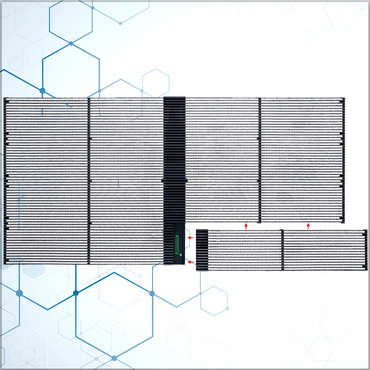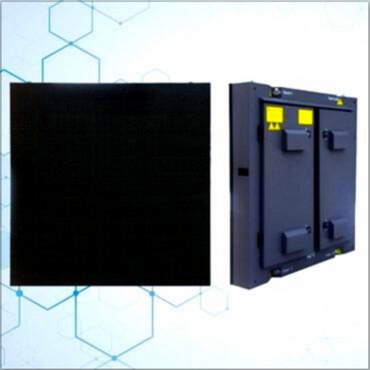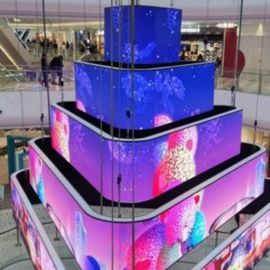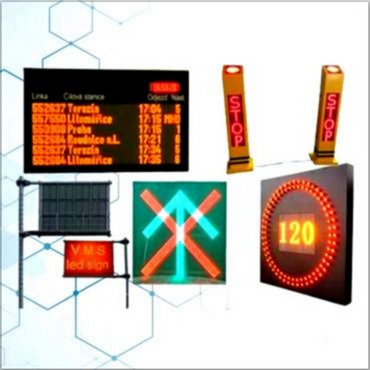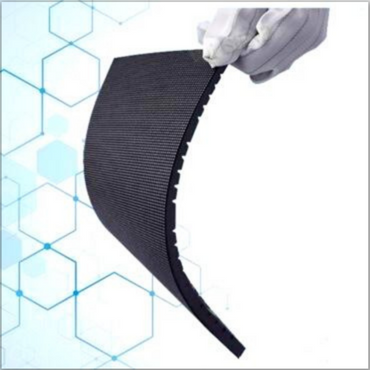Leading Manufacturer For P1.53 LED Panel Screen Indoor
- Strength factory
- Long-term stocking
- Once you use it, you’ll swear by it
- Honest business with zero disputes in 15 years
- Your best Chinese partner
How will LED Panel Screen develop in the future?
The following are some technological development trends of the LED Panel Screen indoor:
1. Higher resolution and pixel density
As technology continues to advance, LED Panel Screen Indoor will develop towards higher resolution and pixel density. This means that the image will be clearer and more detailed, able to present more details, and bring a more realistic visual experience to the audience.
2. Smaller pixel pitch
To achieve higher definition, the pixel pitch will continue to decrease. Smaller pixel pitches can provide more pixels in the same display area, thereby significantly improving image quality, especially suitable for close viewing applications.
3. Higher brightness and contrast
Displays will have higher brightness and contrast to adapt to different indoor lighting conditions and provide sharper, more vivid images. At the same time, better contrast can enhance the layering and three-dimensionality of the image.
4. Wider color gamut and more accurate color reproduction
The development of technology will enable LED Panel Screen to present a wider color gamut, achieve more accurate and vivid color reproduction, and make the display effect closer to the colors of the real world.
5. Application of energy-saving technology
In order to reduce energy consumption and operating costs, energy-saving technologies will be more widely used. For example, more efficient LED chips, intelligent power management systems, etc. can be used to reduce energy consumption without affecting the display effect.
6. Integration of 3D and virtual reality (VR)/augmented reality (AR) technologies
With the development of 3D technology and VR/AR technology, LED Panel Screen Indoor are expected to be integrated with them to bring users a more immersive experience and be used in fields such as games, education and training, and virtual displays.
7. Intelligence and Connectivity
Display screens will become more intelligent, with remote control, monitoring and management capabilities. Through Internet connection, multi-screen linkage, content push and data analysis are realized to meet increasingly complex application requirements.
8. Thin, light and bendable design
With the improvement of materials and manufacturing processes, displays will become thinner and lighter, and even achieve bendable designs, increasing the flexibility of installation and use, and adapting to the installation needs of more special shapes and spaces.
9. Improve refresh rate and response speed
This will reduce image ghosting and blurring, providing smoother, clearer visuals, especially when displaying dynamic content.
10. Improved reliability and stability
By improving packaging technology, heat dissipation design, etc., the reliability and stability of the LED display screen can be improved, the service life can be extended, and the probability of failure can be reduced.
Indoor P1.53 LED Panel Screen Products:
LED uniformity reaches more than 98%, PCB ink color consistency is 100%, thickened and reinforced fireproof plastic shell, 1.6MM 8-layer PCB board, gold-plated connectors and 1% error resistors and capacitors
We have specialized in producing LED Panel Screens for 15 years, and have accumulated rich experience. We use advanced equipment to manufacture the most stable products.
At our facility, quality control is embedded in every stage of production. From raw material inspection to final testing, each LED Panel Screen undergoes rigorous checks to ensure durability, brightness consistency, and color accuracy.
High-Performance LED Panel Screen Indoor
- PARAMETERS
- DESCRIPTION
- TECHNOLOGY CENTER
| P1.53 LED display Panel |
| Pixel specification: 1R1G1B |
| LED specification: SMD1212 |
| Pixel pitch: 1.538 mm |
| Resolution: 422500dots / ㎡ |
| Module size:320 * 160mm |
| scan:1/52 |
| Brightness: >600-800 CD / ㎡ |
| Module port: HUB75 |
| Viewing angle: Deg. 170 |
| Frame Frequency HZ/S : ≥170 |
| Frame Frequency HZ/S: ≥3840 |
| Maximum power consumption:600 w / ㎡ |
| Waterproof level: IP31 |
| Use life: 100000 hours or more |
| Gray level: 8 bit – 16 bit adjustable, the factory standard 14 bit/recommend 65536 level |
| Control mode: computer synchronous control or Wi-Fi APP Asynchronous Control |
| The environment temperature: storage: – 40 ℃ to + 85 ℃ : operation: – 20 ℃ – + 80 ℃ |
| Environmental humidity: 10% 90% |
| Pixel is out of control rate: < 0.0001 (LED industry standard: less than three over ten thousand) |
| Supply mode: AC220V / 50 hz or AC110V / 60 hz |

LED Panel Screen Indoor is an advanced display technology widely used in indoor environments.
It has many advantages. First of all, in terms of display effect, it can present high-definition, bright and lifelike images and colors. Whether it is text, pictures or videos, it can be displayed clearly and sharply, bringing an excellent visual experience to the audience. Its brightness and contrast can be flexibly adjusted according to indoor light conditions, ensuring comfortable and clear viewing in various lighting environments.
From the perspective of installation and maintenance, LED Panel Screen Indoor usually adopts a modular design, which makes the installation process relatively simple and fast and can be flexibly spliced into screens of different sizes and shapes according to actual needs. At the same time, modularity also facilitates later maintenance and troubleshooting. If there is a problem with a certain module, you only need to replace the module individually instead of replacing the entire screen, which reduces maintenance costs and time.
In terms of application scenarios, it is widely used in corporate conference rooms to display conference materials and remote video conferencing; in shopping malls, it is used as an information display screen to deliver product promotion and event information to customers; in exhibition halls and museums, it vividly Display exhibits and related introductions; assist in teaching activities in multimedia classrooms of schools; serve as background screens in TV studios to enhance program effects, etc.
With the continuous advancement of technology, the performance of LED Panel Screen Indoor continues to improve and the cost gradually decreases. It will play an important role in more indoor fields and bring more convenience and excitement to people’s lives and work.


